Greetings Friends,
We began the Summer Read of The Hidden Lamp: 25 Centuries of Awakened Women with the first koan—The Old Woman of Wutai, a story about the spiritual path, pilgrimage and life direction that features crone wisdom. If you are interested in joining the summer read, more information and reading schedule can be found here.
In this email I would like to share the koan and some reflections about life as pilgrimage. I would also love to create space for your own reflections and engagement.
First the koan.
Hidden Lamp Case 1: The Old Woman of Wutai
AN OLD WOMAN lived on the road to Mount Wutai. A monk on pilgrimage asked her, “Which is the way to Mount Wutai?” The old woman said, “Right straight ahead.”
The monk took a few steps, and she said, “He’s a good monk, but off he goes, just like the others.” Monks came one after another; they’d ask the same question and receive the same answer.
Later, a monk told Master Zhaozhou Congshen what had happened and Zhaozhou said, “I’ll go and investigate that old woman myself.”
Next day Zhaozhou went to the old woman and asked, “Which is the way to Mount Wutai?”
“Right straight ahead,” she replied.
Zhaozhou took a few steps.
The old woman said, “He’s a good monk, but off he goes, just like the others.”
Zhaozhou returned to the monastery and told the monks, “I have checked out the old woman of Mount Wutai for you.”
This story begins with a person on pilgrimage. Chozen Roshi defines pilgrimage in her book on Jizo Bodhisattva as, a long journey to a sacred place as an act of devotion.
Have you ever been on pilgrimage?
Where did you go? Who/what did you encounter?
What did you learn?
The Practice of Pilgrimage
I find pilgrimage to be a very good metaphor for our life as spiritual practice, especially for those of us who don’t live at a monastery or temple. In our daily lives we move around, we walk, we journey to different places whether mentally or physically. We encounter strange, wise, ordinary and mysterious beings.
Our seemingly mundane travels to the grocery store, to the gym, to the park, to work could be seen as journeys to sacred places. What makes something sacred? I think this is an important question to ponder. What in your daily life is sacred? What defines an encounter with the sacred?
In the Buddhist tradition people make pilgrimage to see the places in the buddha’s life, where he taught, the bodhi tree where he was enlightened, where he was born and died. These travels of devotion can be inspiring and connect us to an ancient path of practice.
So too, we are living buddhas. Where we walk, drive or bike is sacred land. When we are present, attentive, mindful, aware—we are actualizing a practice of devotion.
In her book, Jizo Bodhisattva: Modern Healing & Traditional Buddhist Practice Chozen Roshi explores the relationship between pilgrimage and wandering, she says:
There is a difference between a pilgrim and a wanderer. Buddhist teachings use “wanderer” to refer to someone who is lost in the rounds of suffering existence, transmigrating through the six worlds. As we move day by day, hour by hour, among states of ignorance and stupidity, irritation and anger, greediness, coveting and jealousy, pain and mental discomfort, we are like people wandering in a dense primal forest, unable to find a way out or even to climb above the trees to see if there is an edge to this tangling wilderness. We will do this until we realize, hear or are shown that there is a way out.
What is the difference between a pilgrim and a wanderer? First, we must know that there is a path. If we get lost and can’t find our way out, the only choice is despair and/or a grim determination just to survive. What transforms despair and resignation to hope and joy is knowing there is a path.
She then goes on to talk about the practice of pilgrimage and what we need for the journey.
A pilgrim carries only the essentials. Jizo has a robe and bowl, a staff, and the Dharma jewel. Nothing extra. What do we need to step out on the path of practice? Just the equipment we were born with. A body and a mind. Actually, a body that is breathing.
Body, breath and mind. That’s all that’s needed. The beauty of this is that it means you can practice anywhere, anytime. In line for the bank, in a traffic jam, rocking your child to sleep. Just align body, breath and mind and there you are…
Students ask, “How do you find time for practice?” There are two answers. First, my life makes me practice. I could not do what I do without practice. Second, I turn my awareness around. Instead of looking for time to practice and trying to expand it, I look for time I am not practicing and try to shrink it.
Meeting the Old Woman
On this journey in the koan, we encounter an old woman.
This old woman embodies crone wisdom and is also a Jizo-like figure, living at a crossroads—offering direction.
In the commentary to this koan Nancy Brown imagines that perhaps this woman lived on a crossroads point to Wu Tai her entire life. And perhaps when she was a younger woman she would give the pilgrims physical directions, “yes, turn right here and then follow the path until you get to the larger oak tree…” but as she entered elder-hood her directions became more of a spiritual nature that she expressed as—go straight ahead!
There is another koan in our lineage that invites: go straight on a mountain road with 99 curves.
Crone wisdom like koan wisdom is about stepping out of logical, rational, either/or dualistic ways of being—and awakening to a more-than-rational awareness.
The people we meet on our journeys can be teachers. Sometimes a line from a chant catches us when we are practicing chanting. Similarly in the pilgrimage of our lives, sometimes an encounter with a stranger at the grocery store, a scene from a show, words on our instagram feed can be teachings—touching our hearts before words.
I was recently reading the fairly tale the Maiden King, in it the young hero has an encounter with Baba Yaga, the crone figure who lives in the depths of the forest. In the tale she asks the hero,
Did you come here of your own free will, or by compulsion?
This pilgrimage, this healing journey, this spiritual quest, this life path you are on—how did you get here?
Are you wandering or are you a pilgrim?
In the fairy tale the hero answers, I came mostly of my own free will, and twice as much by compulsion.
Mostly I was following my aspiration, and twice as much my wanderings.
This is the way of things, we meet our lives as best we can through our vows, our intention. So much of what happens is beyond our control. Sometimes we wander and find ourselves in strange, challenging, habitual or unfamiliar terrain.
The Way of Not-Knowing, The Way of Intimacy
One of my teachers invited us to practice aimless wandering. We would consciously disrupt direction oriented walking with a touch of chaos, moving not from the head but from some other source of direction.
The practice was an invitation to embrace uncertainty as a practice—as something that we can embrace or be in relationship with. It also turns the duality of wandering and pilgrim around. Perhaps wandering too is the way—is part of this mysterious path.
There is another koan about pilgrimage, here a pilgrim is asked where they are going on pilgrimage, and they answer honestly—”I don’t know.” The teacher responds: “Not-knowing is most intimate.”
I find when working with koans, that the phrases or images offered can become practice reminders. Which phrases or images feel alive for you? Carry them around and see how they open.
I am practicing with the old woman’s phrase—right, straight ahead. To voice this phrase internally as I notice mind-wandering into garden plans or song lyrics or stories about the people in my life—I say, “Kisei, right straight ahead.” And usually it wakes me up to the mystery of this place—the sounds of my hands typing, tree limbs dancing in the summer breeze, openness-unconditioned, belly-breath, an abiding tenderness towards life itself.
Nancy Brown in her commentary shares that her teacher Zen Master Seung Sahn would end every retreat and every letter with the phrase:
Only go straight, don’t know; try, try, try for ten-thousand years nonstop; soon get enlightenment and save all beings from suffering.
She continues:
How do we go “straight-ahead-don’t-know”? This question—any sincere question in the moment of asking it—returns us to a mind that is before thinking. In this moment of asking we and this universe are not split apart. How is it just now? What is the job of this moment? What a simple and portable practice!
The Hidden Lamp ends each case with a couple of questions. I leave them here for you to reflect on and digest. I would love to hear your reflections.
What is the point of spiritual seeking, and what do you hope to find there?
Have you ever overlooked the wise person right in front of you, clothed in a seemingly ordinary form?
What from the koan or commentary has stayed with you? How are you practicing with it?
Has a question ever led you to the mind before thinking?
I’m Amy Kisei. I am a Zen Buddhist Teacher, Spiritual Counselor, Astrologer and Artist. I offer 1:1 Spiritual Counseling sessions using IFS and somatic mindfulness. I also offer astrology readings. Check out my website to learn more. I currently live in Columbus, OH and am a supporting teacher for the Mud Lotus Sangha.
Weekly Online Meditation Event
Monday Night Dharma — 6P PT / 9P ET Join weekly for drop-in meditation and dharma talk. This is where the Summer Read is happening if you want to join the discussion and practice live. Schedule here.
Feel free to join anytime. Event lasts about 1.5 hours. ZOOM LINK
Zen Practice opportunities through ZCO
Grasses, Trees and the Great Earth Sesshin—August 11 - 17, in-person at Great Vow Zen Monastery (this retreat is held outdoors, camping is encouraged but indoor dorm spaces are available)
In-Person in Columbus, Ohio through Mud Lotus Sangha
Weekly Meditations on Tuesday, Wednesday and Thursday
Retreats, Meditation instruction and other events can be found on our website.


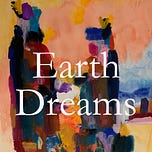

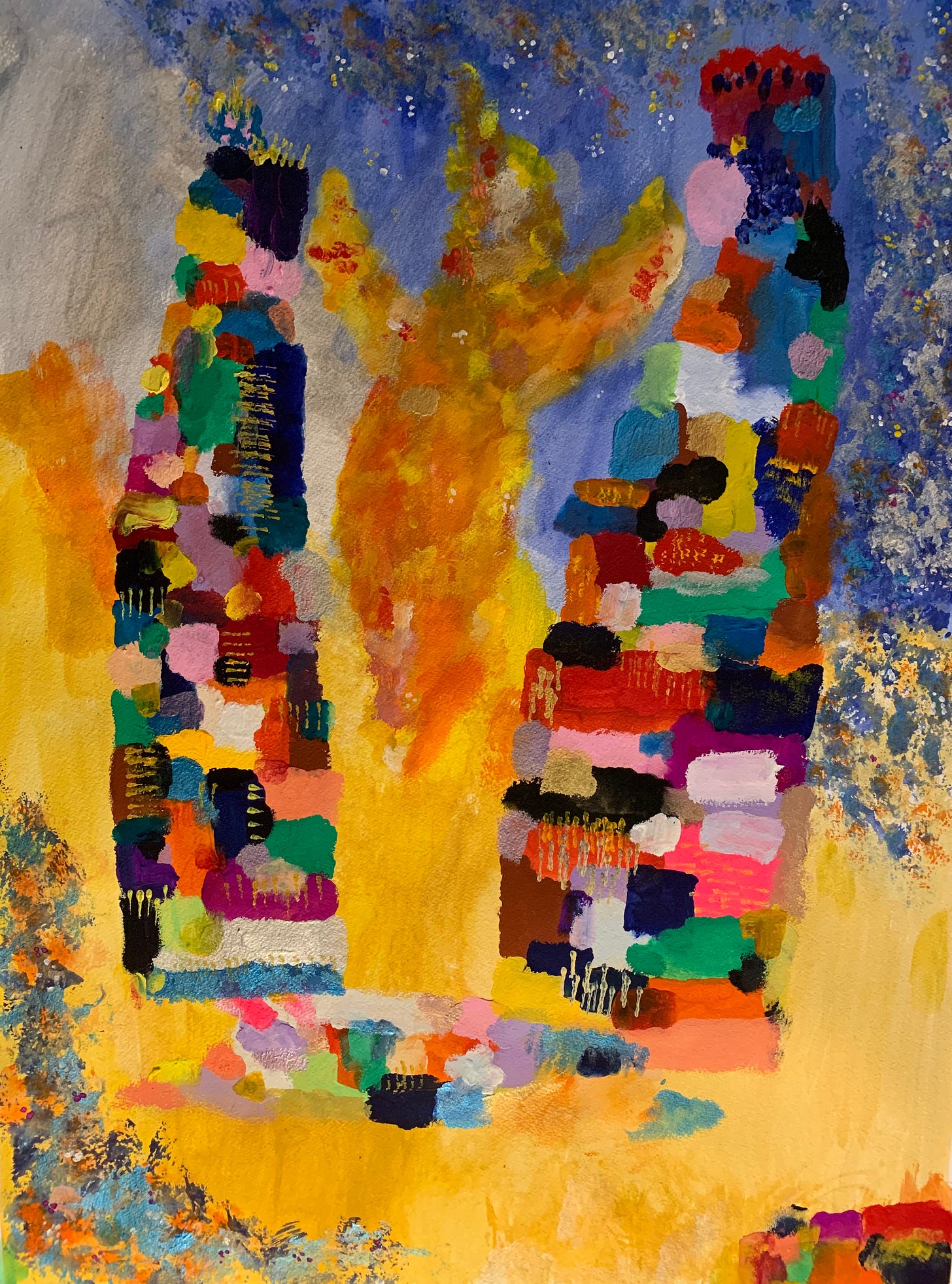



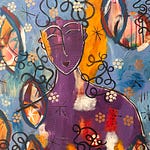
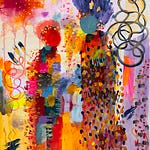

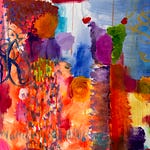
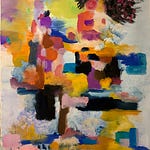
Share this post